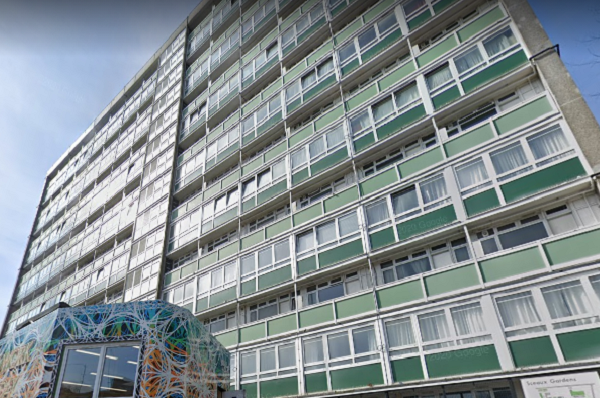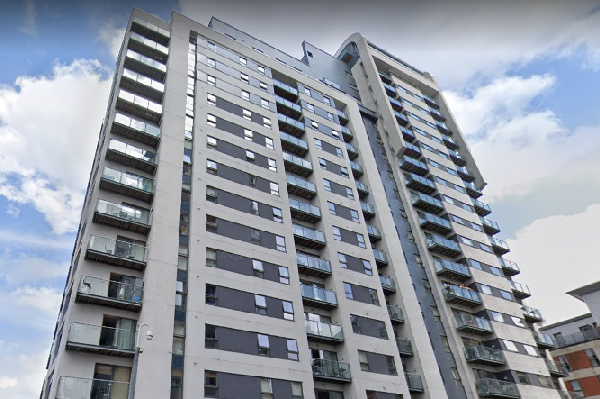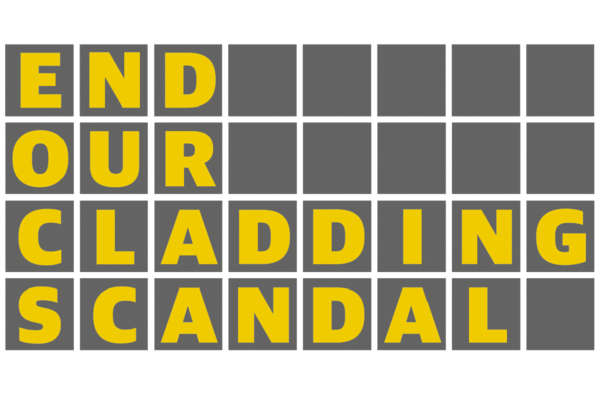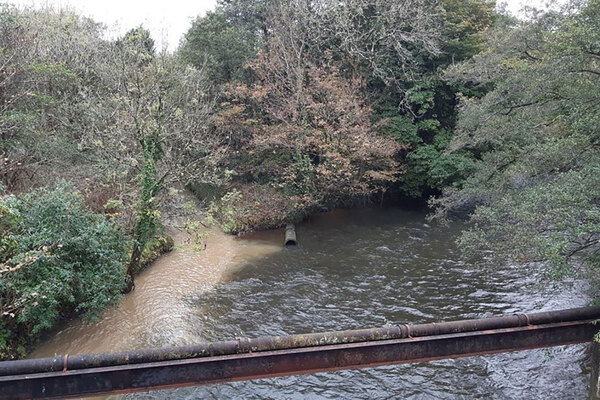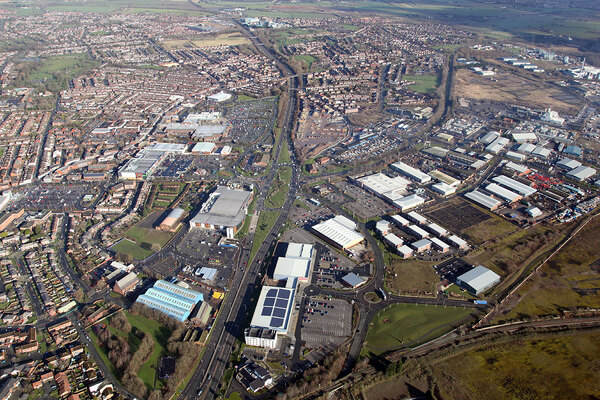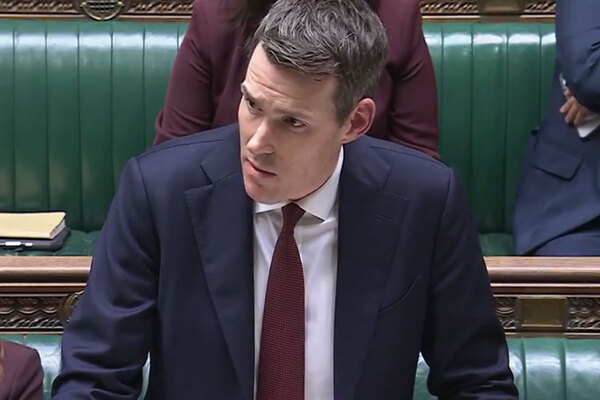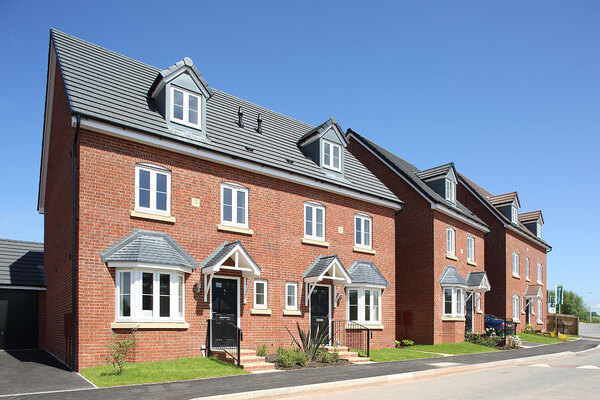You are viewing 1 of your 1 free articles
Only 10% of Building Safety Fund applications so far deemed eligible
Only around one in 10 of the 3,000 buildings that have applied for government money to cover the cost of removing dangerous cladding has been deemed eligible to proceed with a formal application, the latest government statistics show.
The government said that as of 17 December, just 294 (10.4%) of the 2,820 applications to the Building Safety Fund were eligible.
Meanwhile, it is checking the eligibility of 519 (18.4%) of those applications, while 261 (9.3%) were ineligible and 241 (8.5%) have been withdrawn.
A further 402 (14.2%) have only provided some of the information needed for the government to verify them, while 1,103 (39%) have not provided any of the information needed.
The total number of eligible applications has increased from the government’s previous update in September, when just 65 were already proceeding with a formal application.
The latest figures come more than six months after the government opened for applications its £1bn Building Safety Fund, which provides leaseholders with grant to cover the cost of replacing dangerous non-aluminium composite material (ACM) cladding.
The latest registration figure is only slightly greater than the 2,784 applications reported in September, but this still far outstrips the 1,700 towers with high-risk cladding systems the government estimates there are across the UK.
More than half (57%) of the registrations are for buildings in London. Tower Hamlets is by far the local authority with the most applications at 293, followed by Manchester with 144.
To be eligible for funding, buildings must submit information and supporting evidence to show their heights and the materials used, such as drawings, an operation and maintenance manual, or a report by a suitably qualified construction professional.
Once eligibility has been confirmed and the formal application process begins, due diligence will be carried out by Homes England or the Greater London Authority to ensure the government is paying the right entities for the work.
The government has also today released its latest monthly ACM remediation figures for November that show 247 high-rises with the same cladding type as the Grenfell Tower are yet to complete remediation work, three and a half years after the fire.
Eleven high-rises completed ACM remediation works last month, bringing the total completed to 213.
Meanwhile, two social sector blocks, 63 private sector blocks and one student block are yet to even begin remediation work.
Sign up for our fire safety newsletter
Already have an account? Click here to manage your newsletters
End Our Cladding Scandal
Inside Housing’s End Our Cladding Scandal campaign calls on the government to make sure social housing providers have equal access to any funding for remedial works.
This will ensure those who pay rent will not see their money diverted to fire safety costs.
With cost pressures from new build commitments and the decarbonisation agenda, social landlords cannot meet the cost of regulatory failure as well.
